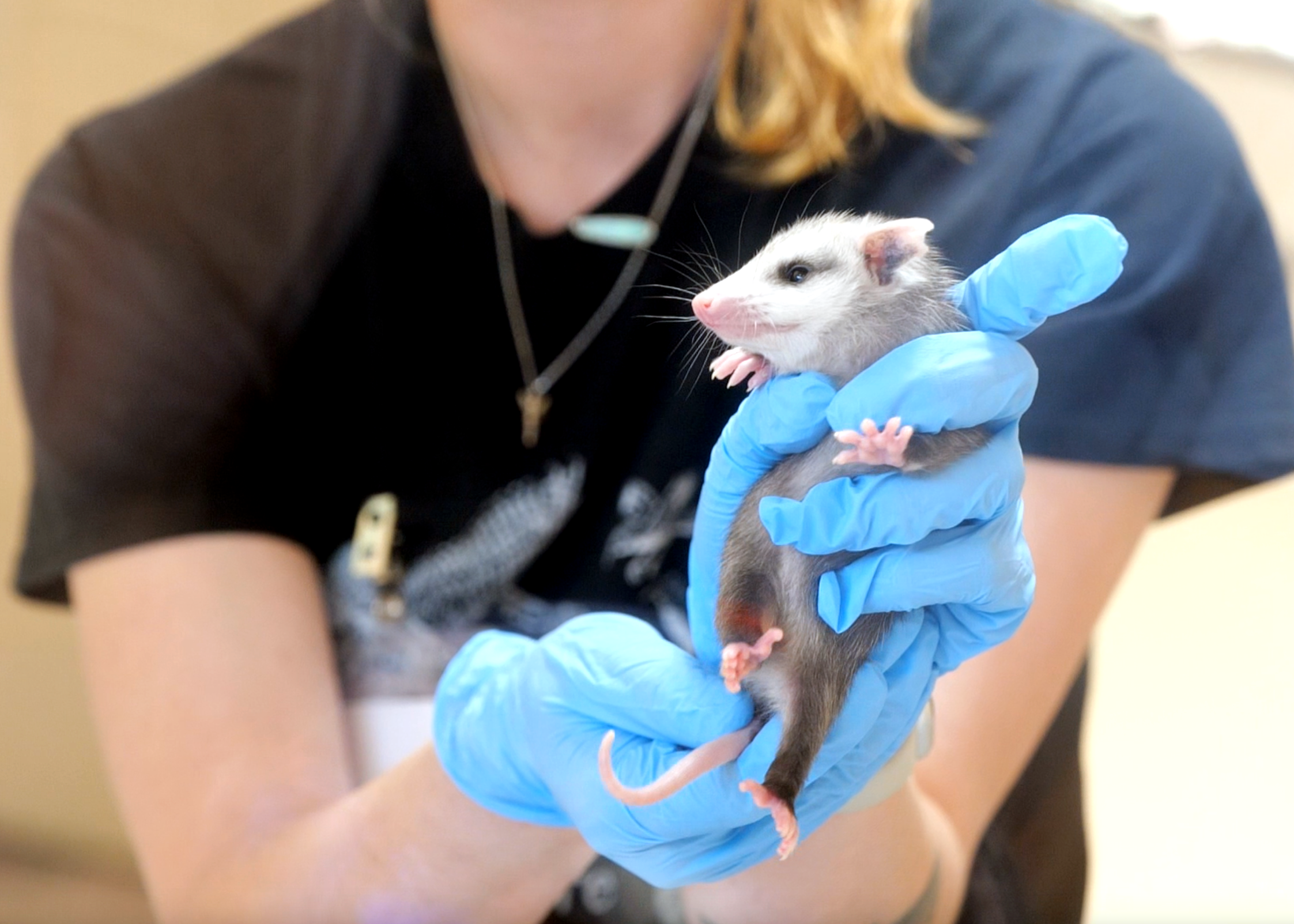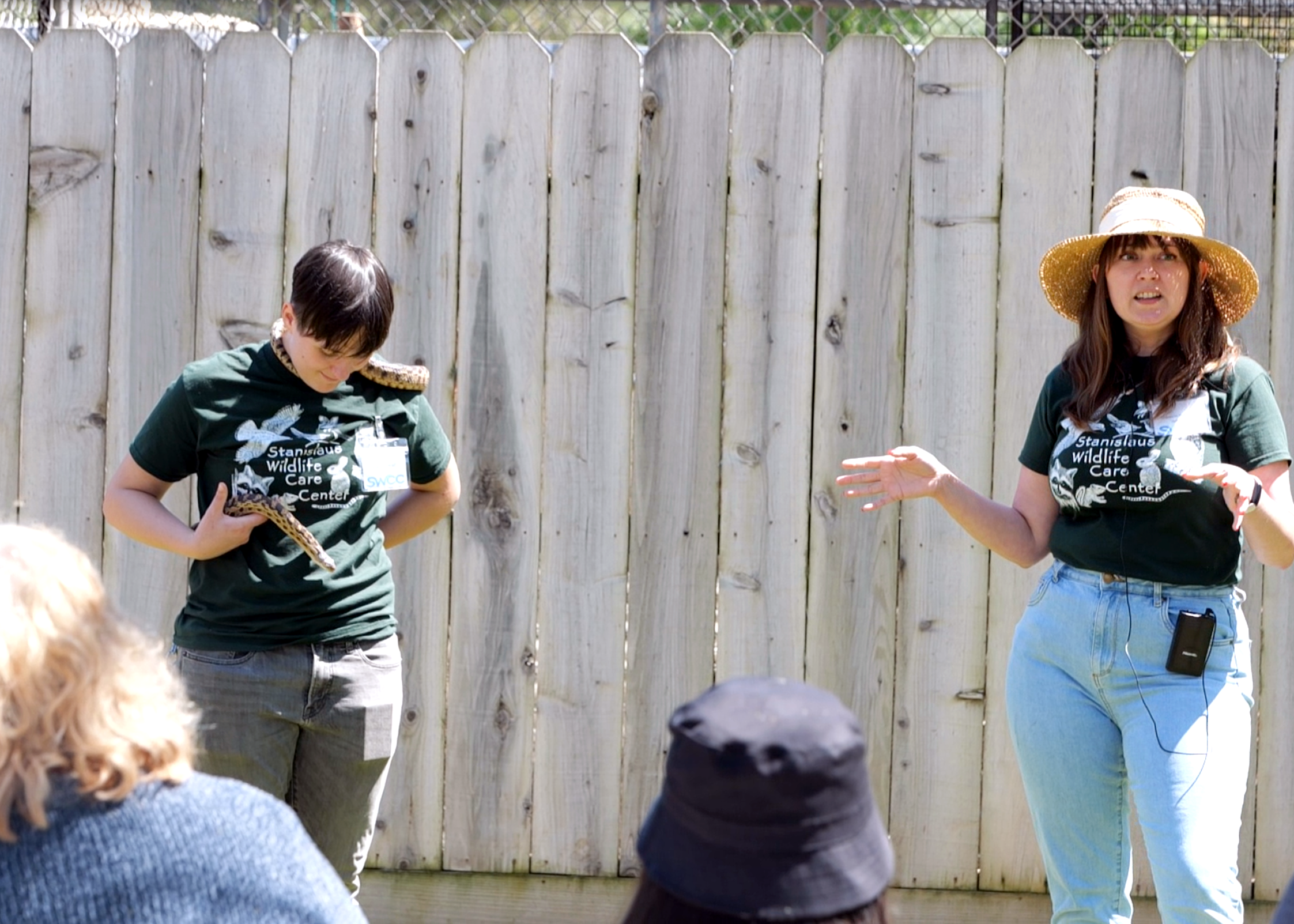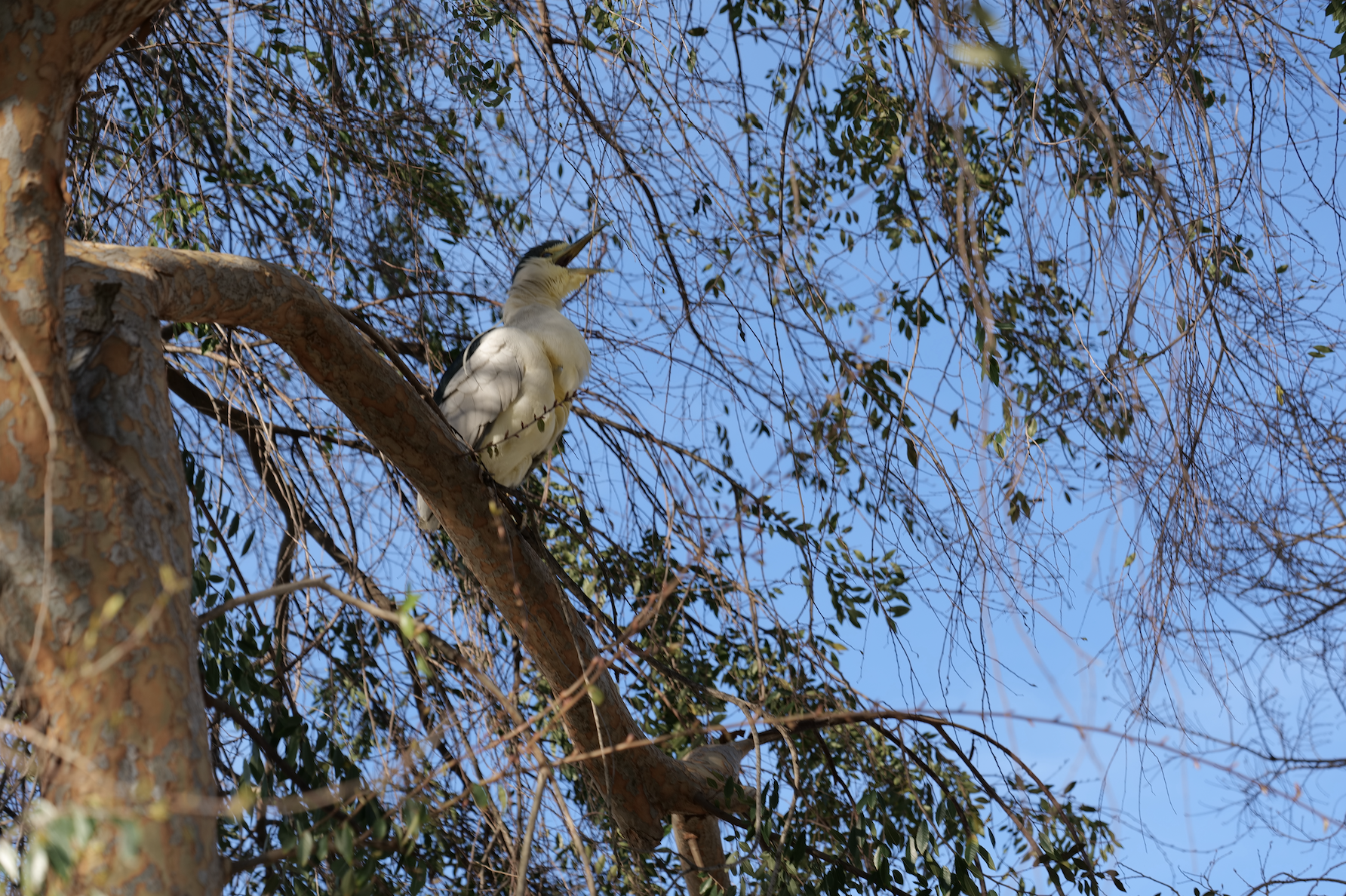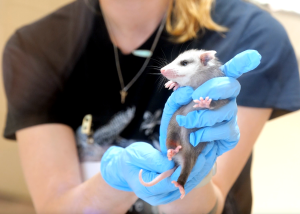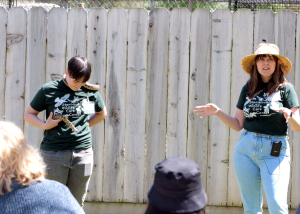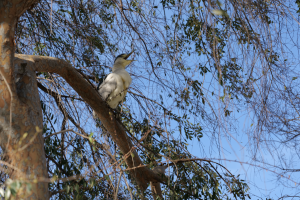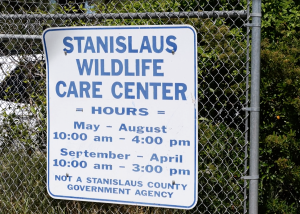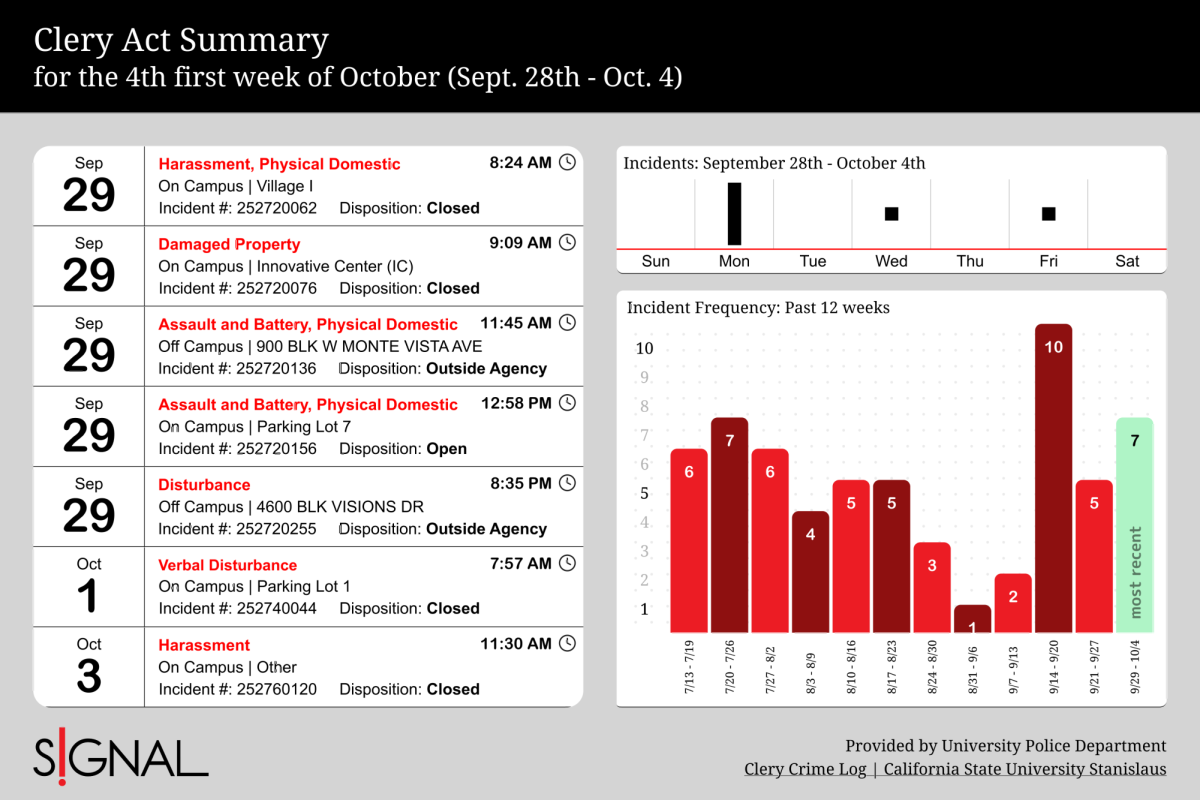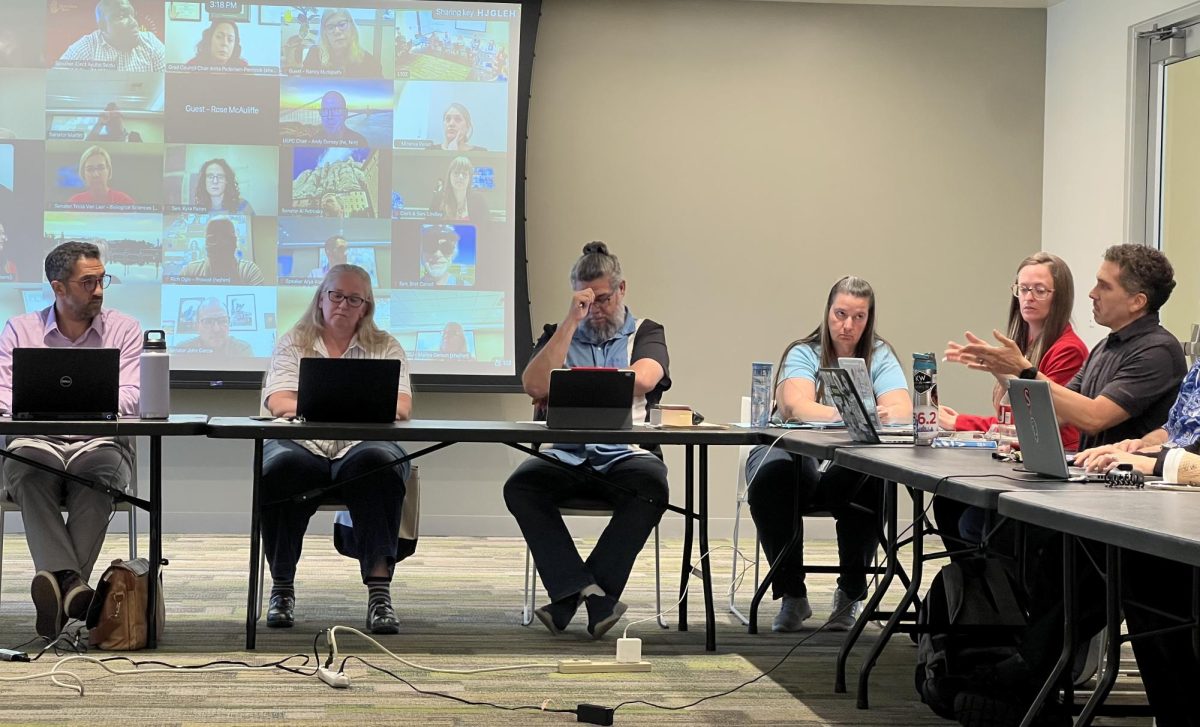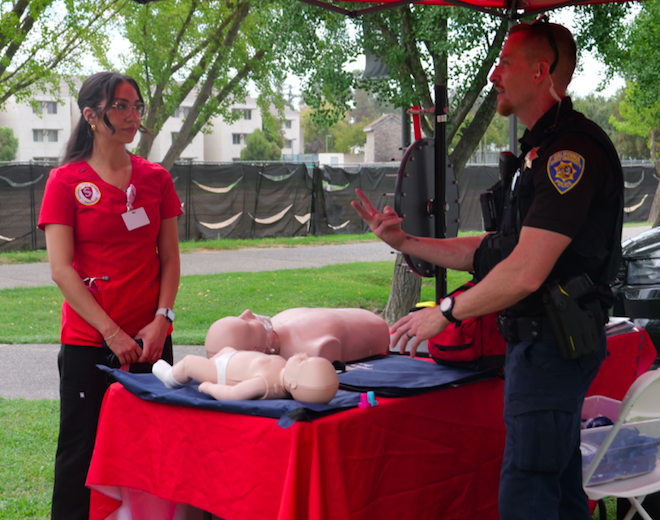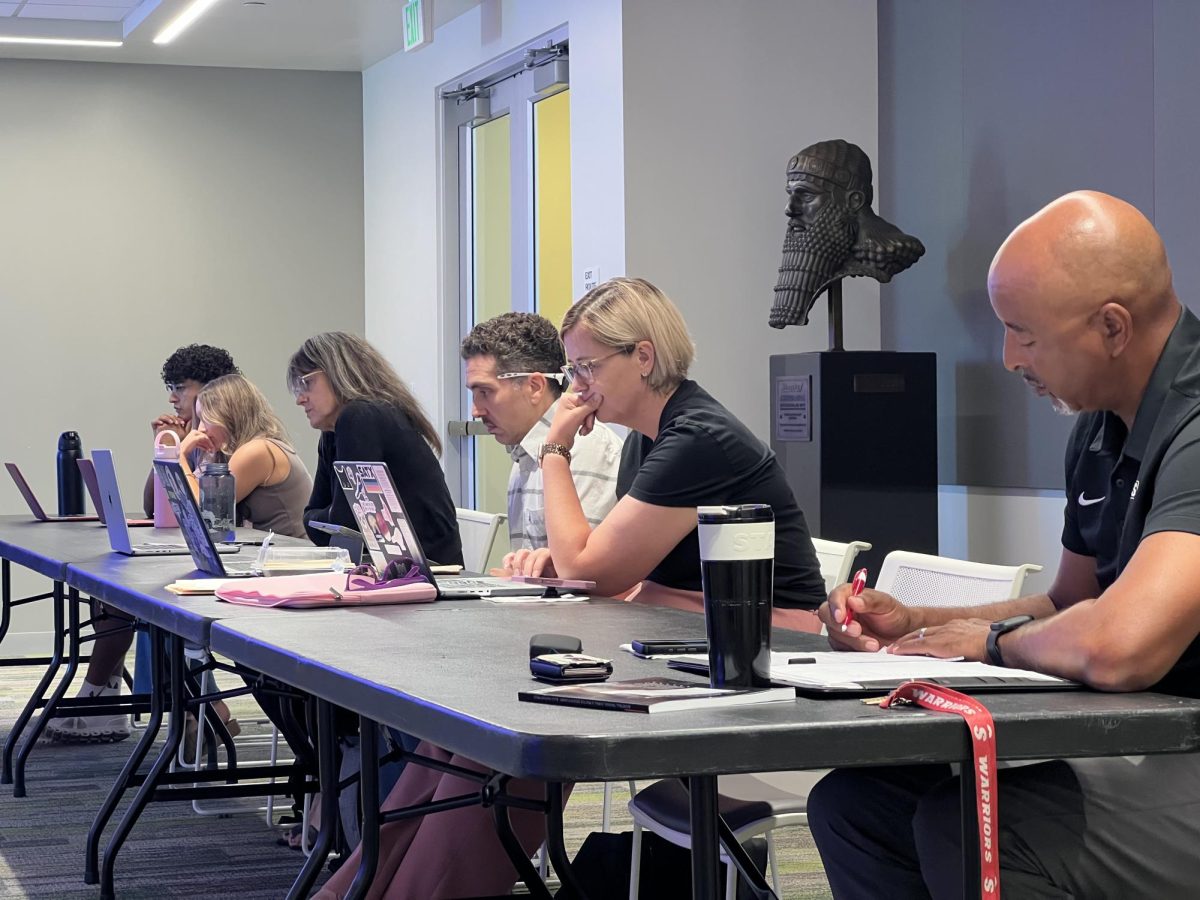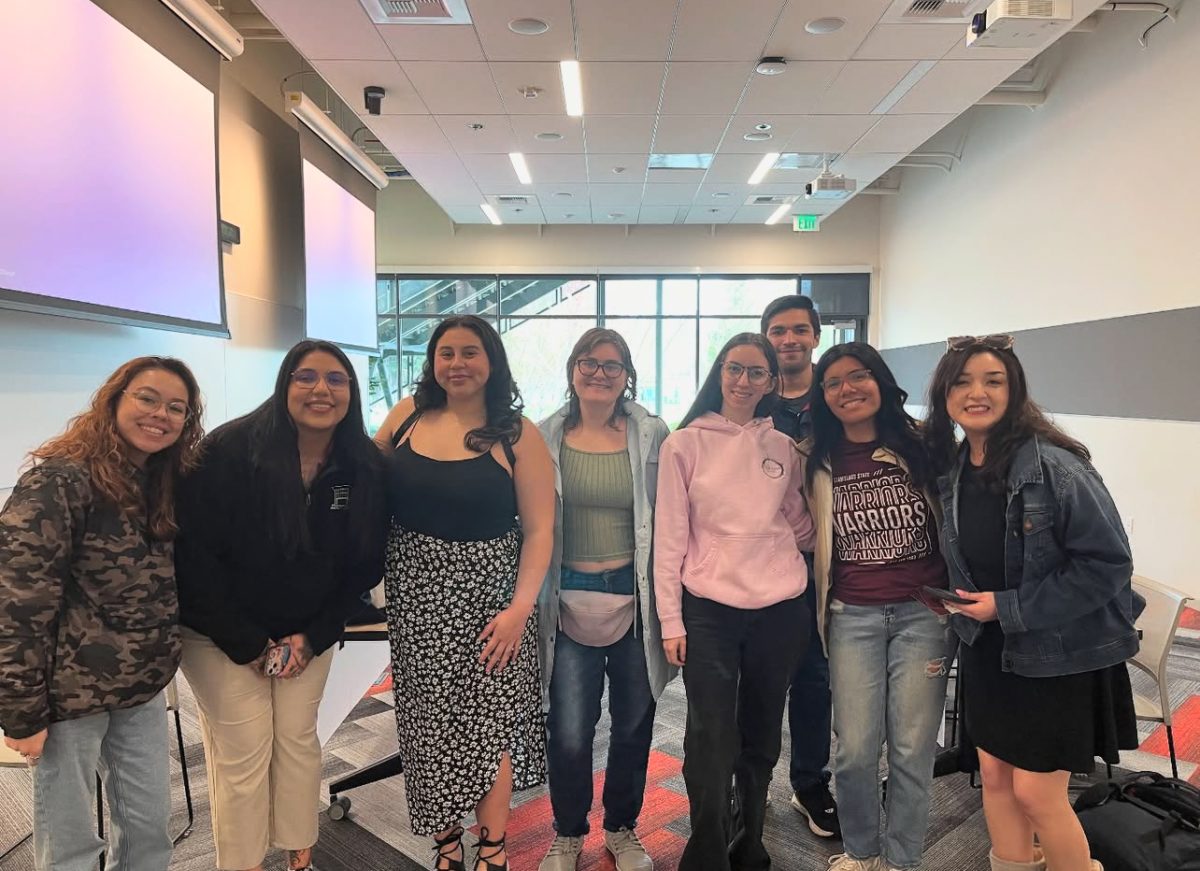The Stanislaus Wildlife Care Center (SWCC), located in Hughson, California, celebrated the arrival of baby wild animals during its annual spring event. This five-hour fundraiser occurred only fifteen minutes up the road from CSU Stanislaus on April 15th.
The SWCC sits adjacent to the Fox Grove Recreation and Fishing Access, a park showcasing the beauty of nature. Visitors of the ‘Baby Animal Shower’ took a short trek up a hill to the center, where they were given opportunities to view baby animals, speak to wildlife rehabbers, and attend live shows featuring different animals.
At the event, one of the most populated areas was a large viewing window where visitors could get an up-close look at baby raccoons, opossums, birds, and even a fox. Also on display in other locations were some of their non-releasable residents, which included crows, owls, snakes, squirrels, and multiple bird species.
The main goal of the wildlife center is to rehabilitate animals so that they can be released back into the wild. Unfortunately, this isn’t always possible for some animals, depending on their condition. When animals are deemed non-releasable, they can live the rest of their lives at wildlife centers like the SWCC, where they can receive around-the-clock treatment and care for their problems. One of the SWCC’s permanent residents is Slither, a blind gopher snake they’ve had since 2009 when he was found after being injured by farm equipment.
According to Donna Burt, executive director of the SWCC, the 2023 ‘Baby Animal Shower’ was a huge success with over 600 people in attendance. The fundraiser was especially beneficial because they made over $30,000 in donations, with one particular donation of $20,000.
“Many visitors brought useful supplies like paper towels, gloves, Kleenex, and other things that we use every day,” said Burt.
She added that there were a few more significant gifts like incubators as well. =
Along with celebrating the arrival of baby animals and fundraising for their care, another huge goal of the event is to raise awareness about the needs of certain wildlife and what should be done if a person finds an injured or orphaned animal.
“If you find a baby animal that needs help, put it in a cardboard box, no wire cages, and keep it in a warm, dark, quiet place until you can bring it to a wildlife rehabber,” explained Burt. “Bring it in as soon as possible and do not attempt to give it food or water.”
There is a widespread misconception that puppy or kitten formula can help baby animals, but in reality, it can be damaging or even fatal to some.
Along with keeping the animal safe, it is also just as important to maintain your own safety when handling them. Burt explained that you should always use gloves or a towel to pick up animals, even if they seem calm or docile.
“It is important that bats not be touched with bare hands as they are at high risk for rabies,” she said. “Also, be aware of talons on birds of prey and teeth on mammals.”
Stan State’s campus is notorious for having a lot of wildlife, including foxes, many species of birds, ducks, geese, turtles, gophers, and other animals that should be left alone and undisturbed, unless one is showing signs of injury and in need of help.
Burt encourages members of the Stan State community to visit the SWCC’s website, where they can find more detailed information about animals and the steps to take when they encounter wildlife in need of assistance.
The SWCC is open to receiving animals between 10 a.m. and 3 p.m. 7 days a week, including holidays. They offer summer internships and baby bird feeding positions, along with classroom presentations for any school or community group.
Additionally, the center is always looking for volunteers over the age of 17 who are interested in helping care for injured and orphaned wild animals. The SWCC estimates that in the next four months, they will admit about 1,700 baby animals, according to Burt.
“The baby animal season is just beginning,” she said.
Stanislaus Wildlife Care Center Hosts ‘Baby Animal Shower’
Amber Huk
•
May 9, 2023
0
Donate to Signal
Your donation will support the student journalists of California State University, Stanislaus. Your contribution will allow us to purchase equipment and cover our annual website hosting costs.
More to Discover


